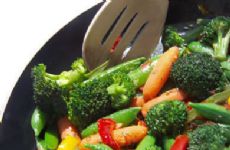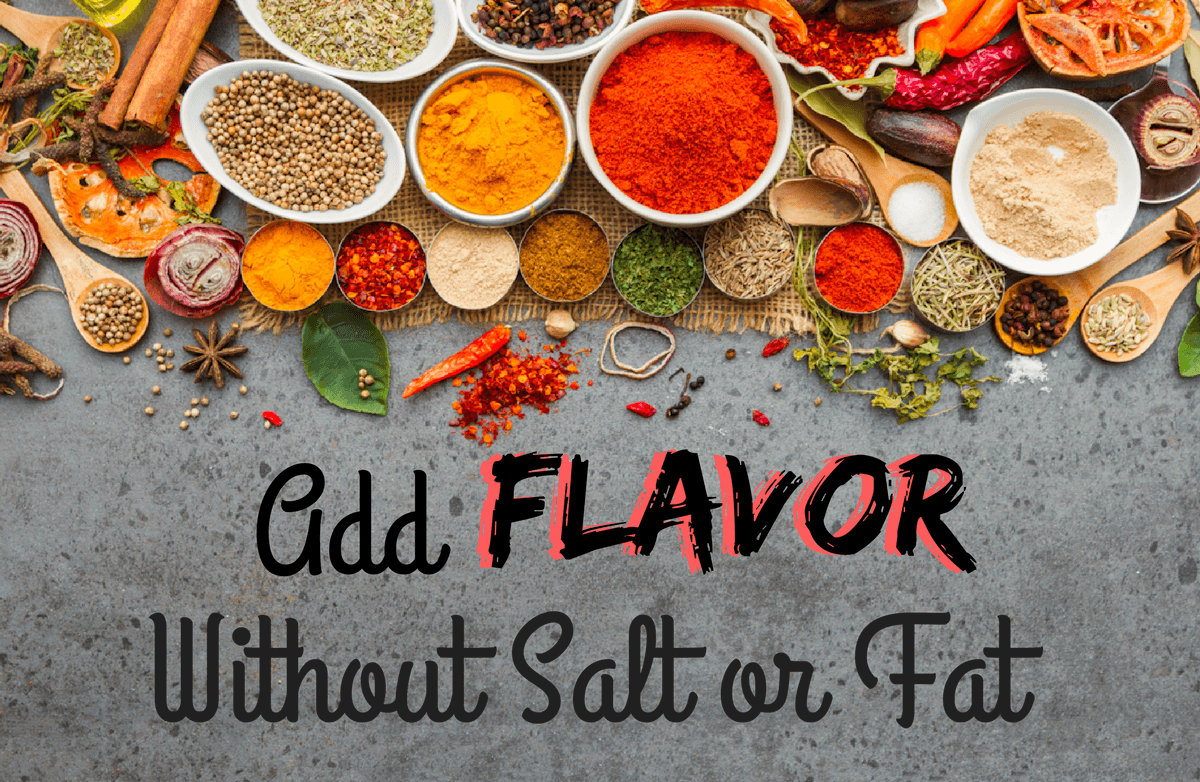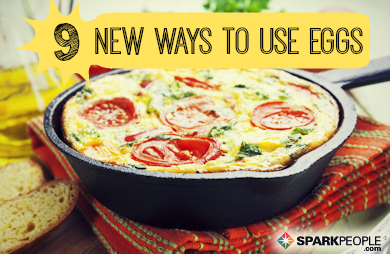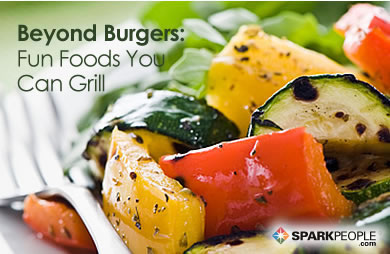|
As part of our research for "The SparkPeople Cookbook: Love Your Food, Lose the Weight," we conducted a "Ditch the Diet Taste Test." We asked successful SparkPeople members, yo-yo dieters and others to answer questions about weight loss, healthy eating, and dieting--and to pit Chef Meg's healthy, delicious recipes against traditional, bland "diet food." You can read all about the Taste Test in Chapter 2 of "The SparkPeople Cookbook," but this week we're sharing five of the diet myths we debunked as part of that project. Cutting fat intake reduces the calorie density of a food. In other words, you get a bigger portion of food for the same calories when it has fewer fat grams. However, if you go too low in fat you won’t enjoy the flavor, texture, or satiety of your food. Plus dietary fat is essential for staying healthy. Diet Myth #4: You should always choose fat-free versions of your favorite foods. EAT ENOUGH fat (20 percent to 35 percent of your daily calories). This will bring the pleasure and satisfaction back to your meals so you’re less likely to overeat later. We’ve eliminated fat where you don’t need it and opted for reduced-fat and healthier sources wherever possible. Fat-free diets were a passing fad, but many people still attempt to adhere to them, we learned in our Ditch the Diet Taste Test. As we told you on Tuesday: If you’re opting for fat-free dressings because you think it’s better for you, think again. Small amounts of healthy fats are an important part of the satisfaction of a salad. A little fat will do, but you’ll find that a vinaigrette with a balance of rich oil and tangy vinegar is more enjoyable than vinegar alone. Still not convinced? Your body can’t make use of certain vitamins and antioxidants (beta-carotene, vitamin D, and vitamin E in particular) without a bit of fat to help process them. In addition, fat helps transport vitamins A, D, E, and K. In 2004, a study in the American Journal of Clinical Nutrition found that people who consumed salads with fat-free dressing absorbed fewer phytonutrients (the organic components of plants) and vitamins than those who ate the same salad of spinach, lettuce, tomatoes, and carrots with a dressing containing fat. When you remove the fat from foods that naturally contain them, you have to replace the fat with some other ingredients: often sugar or salt. Instead of choosing the fat-free version of your favorite cheese, which will lack the satisfyingly rich mouth feel of the original choose the reduced-fat version, which will retain some of that richness with less fat and fewer calories. (We do recommend choosing nonfat milk, however.) 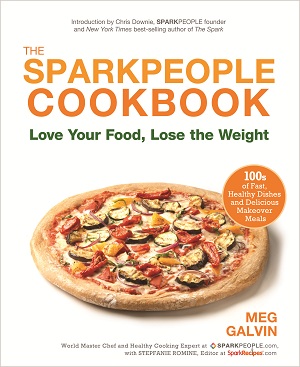 Learn more about this diet myth in "The SparkPeople Cookbook: Love Your Food, Lose the Weight." Click here to get five sneak-peek recipes, too. Do you buy into this diet myth? Why or why not? Do you choose full-fat, reduced-fat or fat-free? Why or why not? Want more healthy recipes from Chef Meg, me and fellow SparkPeople members? Be sure to subscribe to SparkPeople's Recipe of the Day email. Click here to sign up! Did you know SparkRecipes is now on Facebook? Click here to "Like" us! |
Popular EntriesRelated Entries
More From SparkPeople
|



.png)


